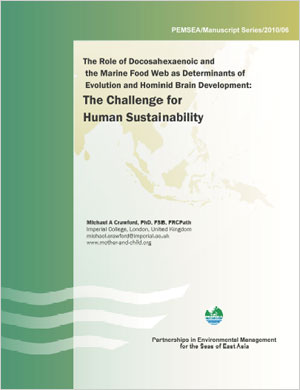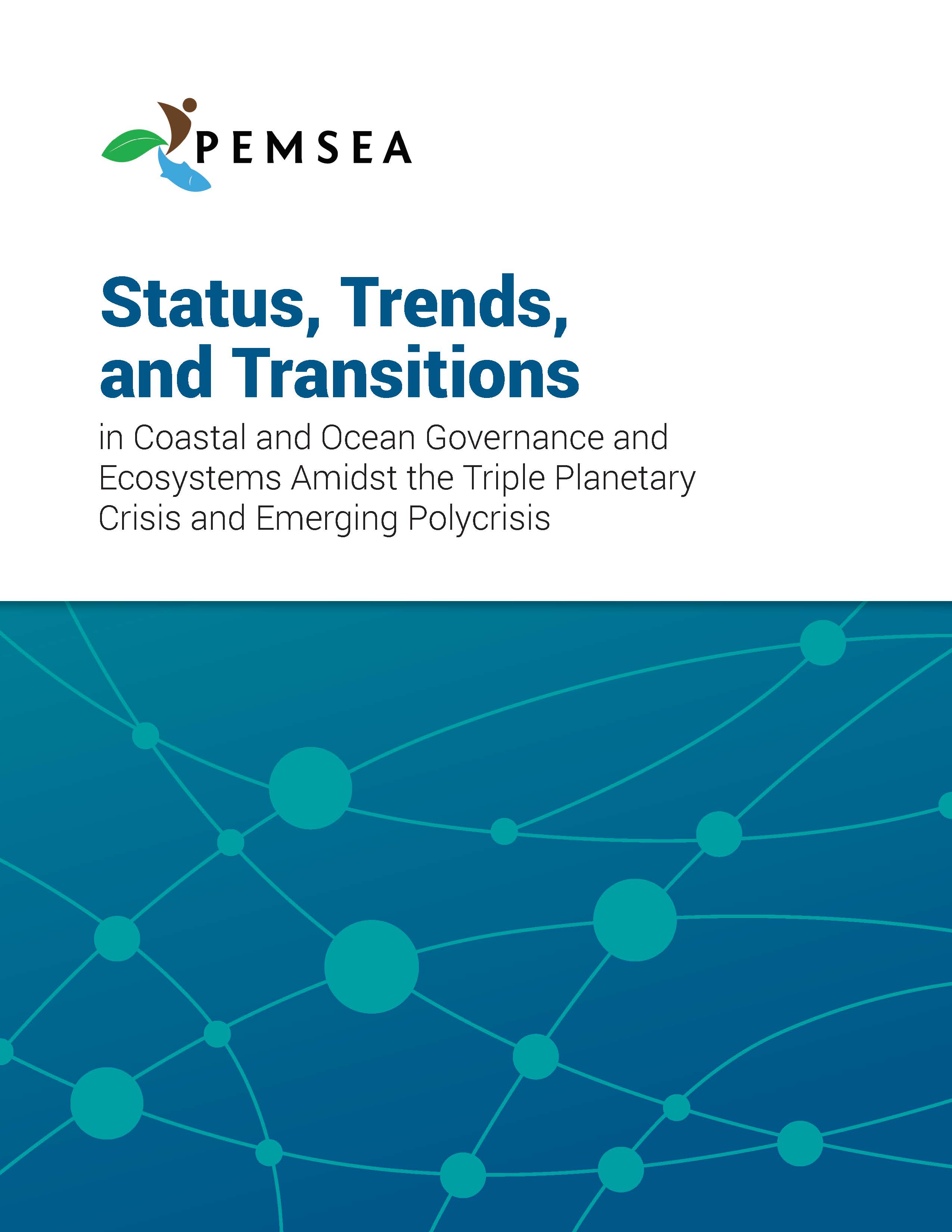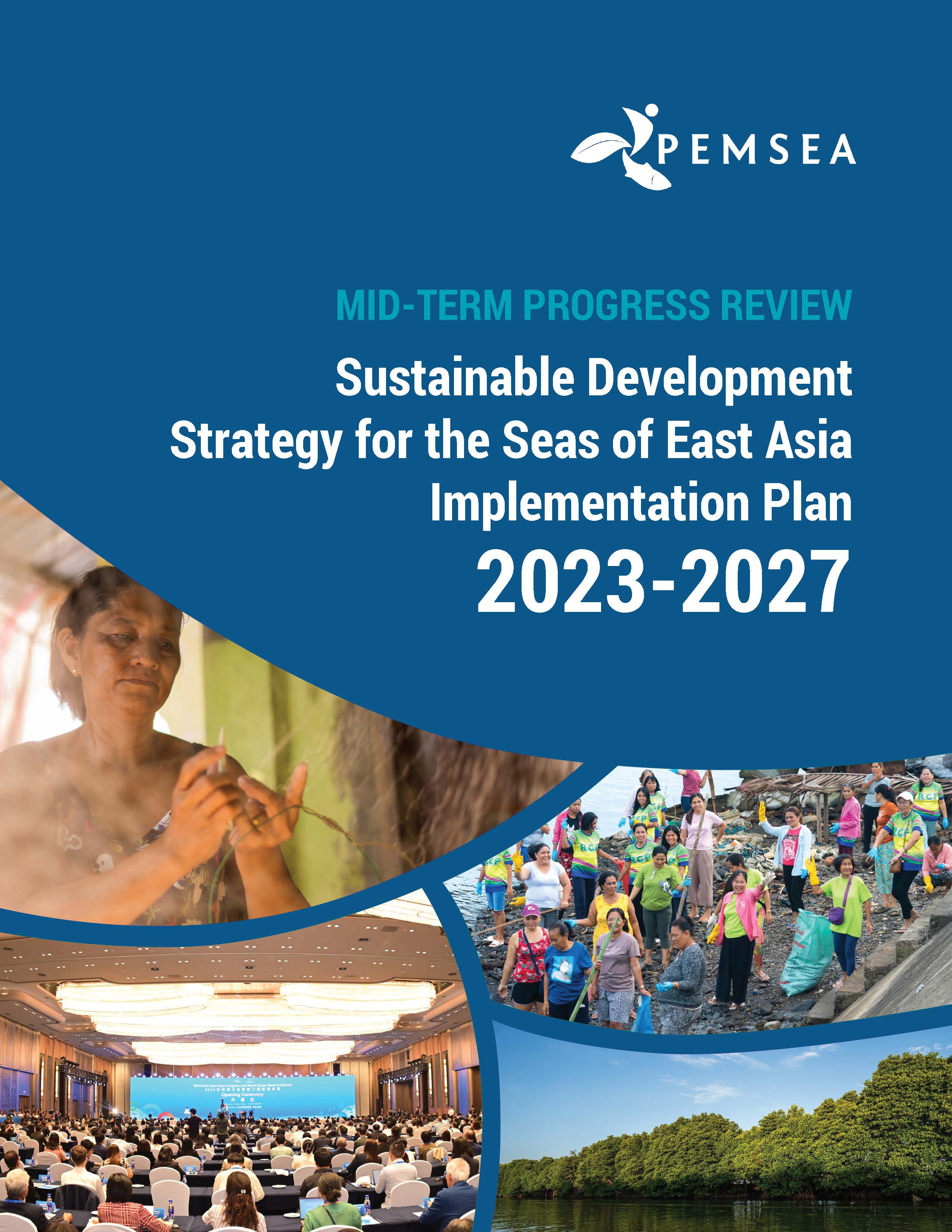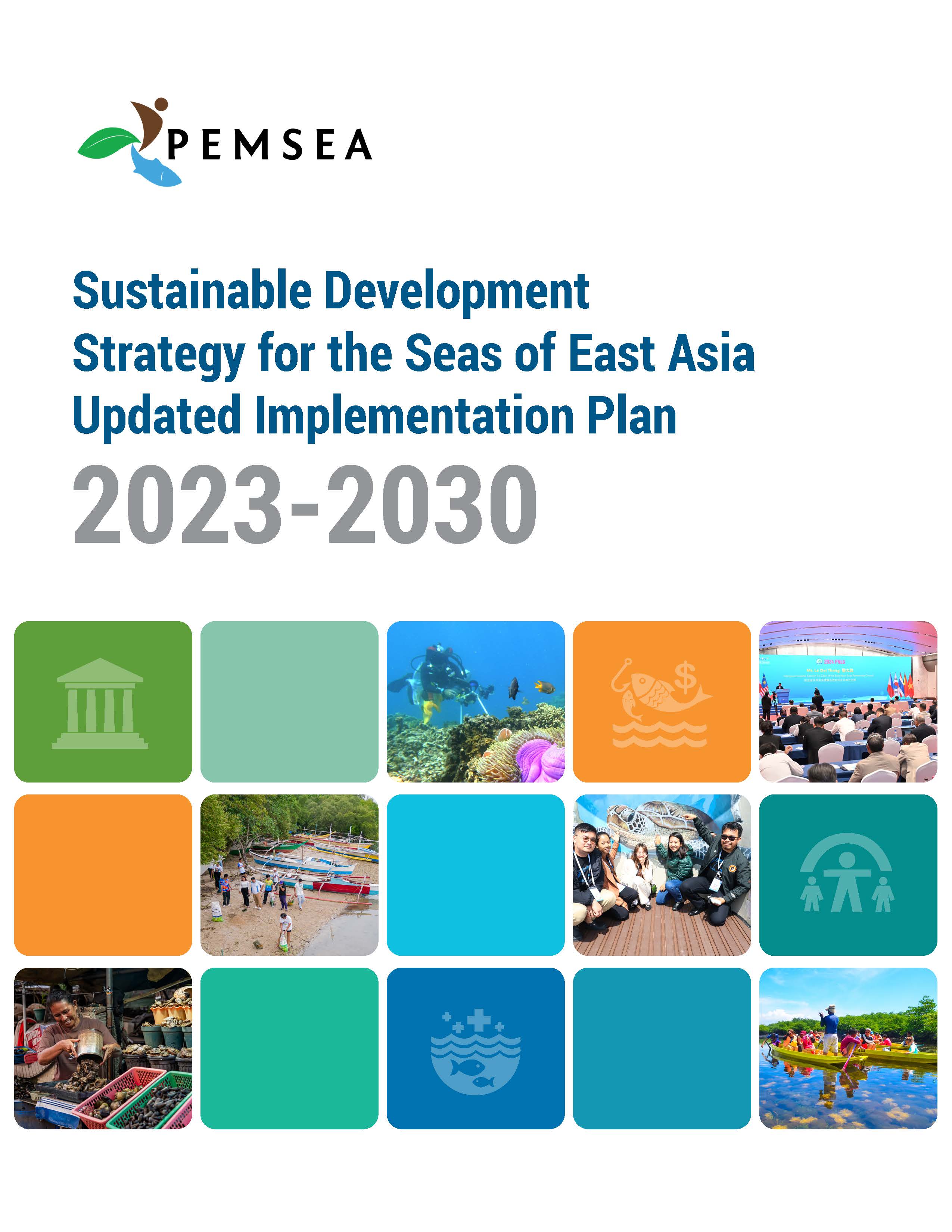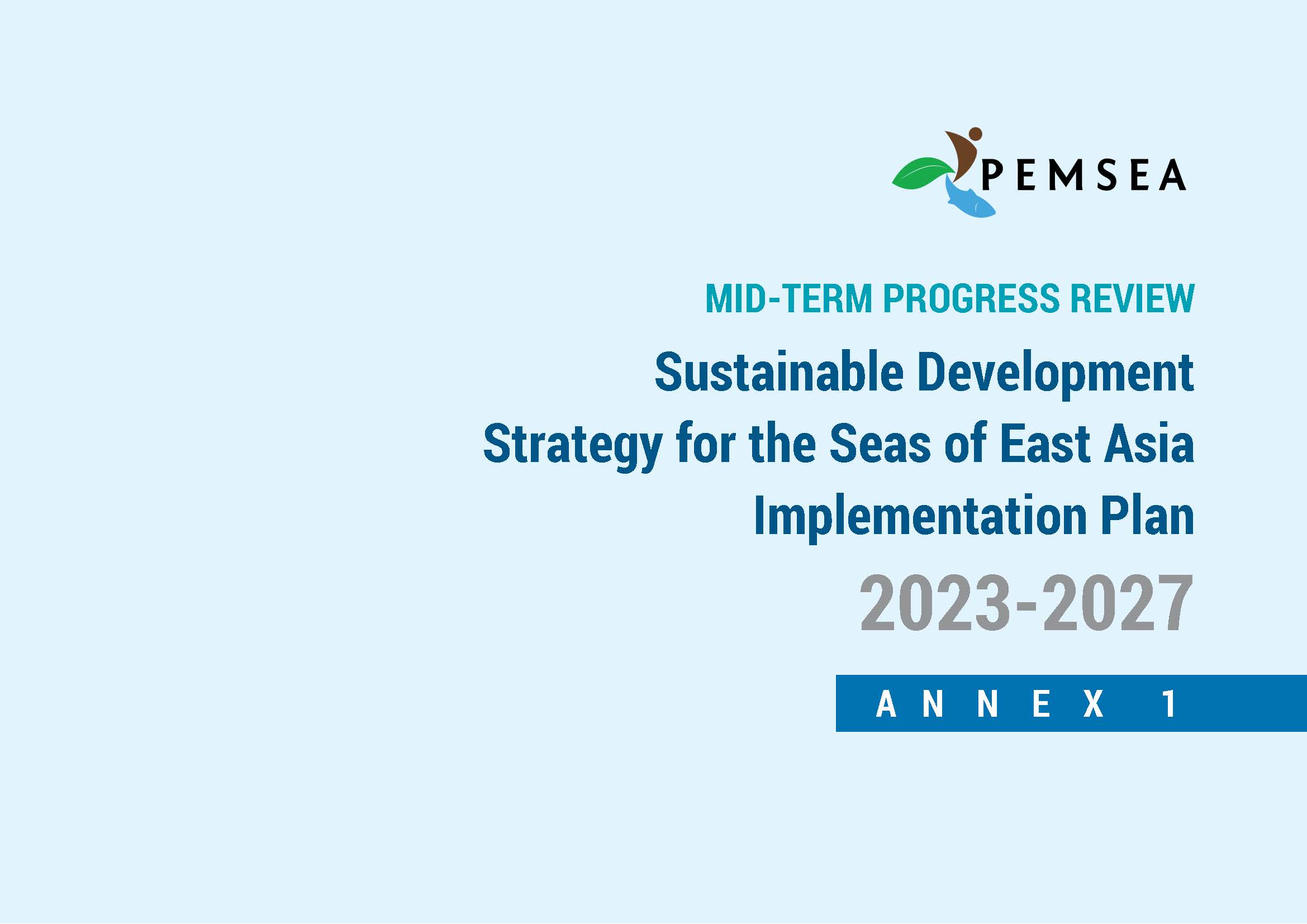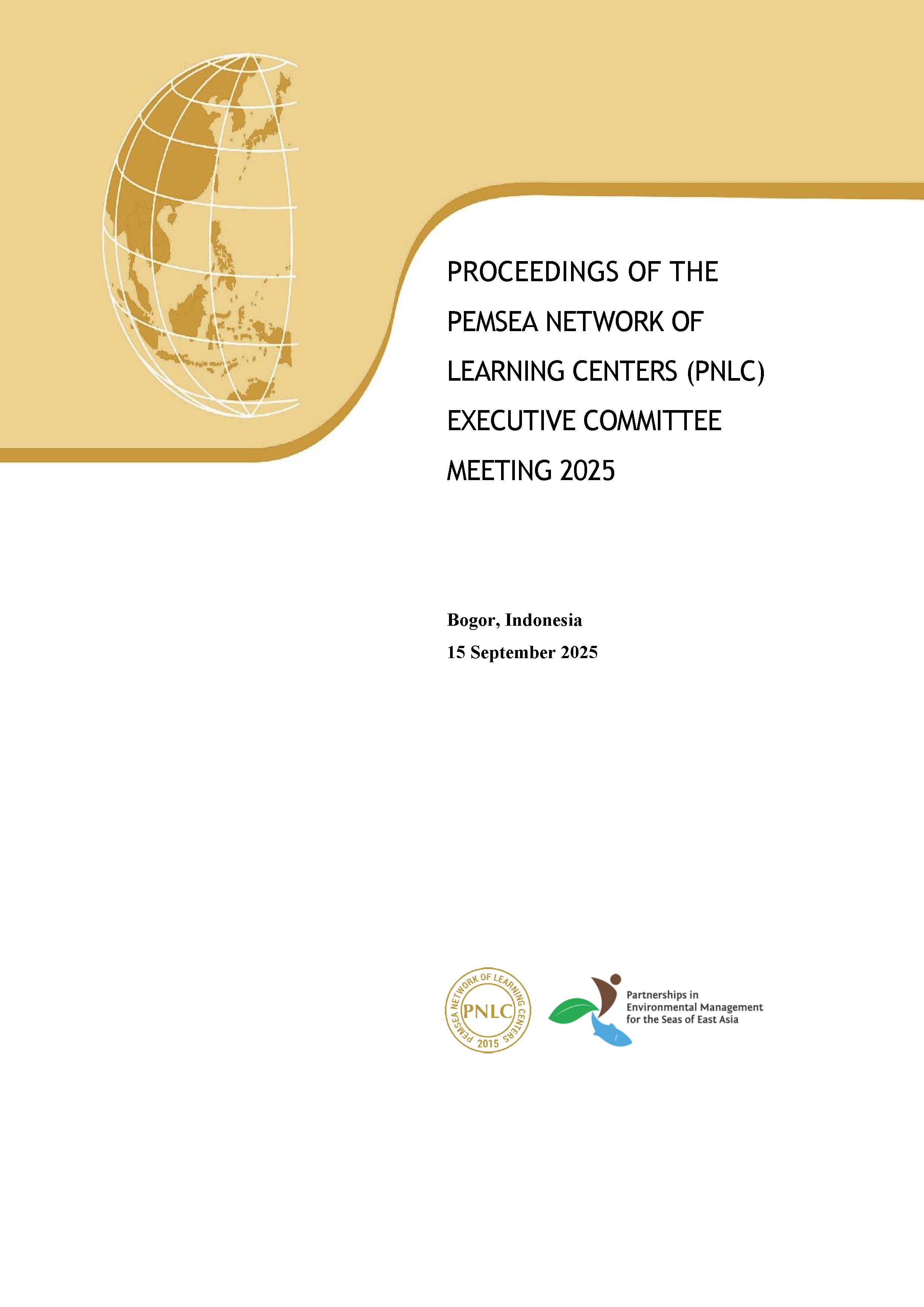
Breadcrumb
The Role of Docosahexaenoic and the Marine Food Web as Determinants of Evolution and Hominid Brain Development: The Challenge for Human Sustainability
PUBLICATION DATE:
Wednesday, December 01, 2010
PUBLICATION TYPE:
Reports
STATUS:
Only Available Online
DESCRIPTION:
Prof. Michael Crawford, of the Institute of Brain Chemistry and Human Nutrition, United Kingdom, explains that fish and seafood provide docosahexaenoic acid (DHA), an Omega-3 fatty acid that the brain needs to function efficiently. Prof. Crawford warns that the general lack of DHA in the current human diet could lead to mental health problems. This underscores the urgency of efforts to manage the world’s fisheries and maintain a healthy supply of this food. Lipids (fats) played a major, as yet unrecognized, role as determinants in evolution. Life originated 3 billion years ago. For the first 2.5 billion years of life, there was ample opportunity for DNA modification. Yet during that time there is no evidence of significant change in life forms. It was not until about 600 million years ago when the oxygen tension rose to a point where air breathing life forms became thermodynamically possible, that a major change is abruptly seen in the fossil records. The sudden appearance of the 32 phyla in the Cambrian fossil record was also associated with the appearance of intracellular detail not seen in previous life forms. That detail was provided by cell membranes made with lipids (membrane fats) as structural essentials. The compartmentalization of intracellular, specialist function as in the nucleus, mitochondria, reticulo-endothelial system and plasma membrane led to cellular specialization and then speciation. Thus not just oxygen but also the marine lipids were drivers in the Cambrian explosion. Docosahexaenoic acid (all-cis-docosa-4,7,10,13,16,19-hexaenoic acid, C22:6ω3 or C22:6,n-3, DHA) is a major feature of marine lipids. It requires six oxygen atoms to insert the six double bonds so it would not have been abundant before oxidative metabolism became plentiful. Docosahexaenoic acid (DHA) provided the membrane backbone for the emergence of new photoreceptors that converted photons into electricity laying the foundation for the evolution of other signaling systems, the nervous system and the brain. Hence the omega 3 DHA from the marine food web must have played a critical role in the evolution of vision and the brain. There is also clear evidence from molecular biology that DHA is a determinant of neuronal migration, neurogenesis and the expression of several genes involved in brain growth and function. That same process was essential to the ultimate cerebral expansion in human evolution. There is now incontrovertible support of this hypothesis from fossil evidence of human evolution taking advantage of the marine food web. Lipids are still modifying the present evolutionary phase of our species with their contribution to a changing panorama of non-communicable diseases. The most worrying change in disease pattern is the sharp rise in brain disorders which in the European Union has overtaken the cost of all other burdens of ill health at €386 billion for the 25 member states at 2004 prices, and in the UK, £77 billion in 2007 and £105 billion in 2010, a cost greater than heart disease and cancer combined. The rise in mental ill health is now being globalized. The solution to the rising vascular disorders last century and now brain disorders lies in a radical re-appraisal of the food system which last century was focused on protein and calories with little attention to the requirements of the brain. The development of marine agriculture from estuarine, coastal and oceanic resources in a way that mankind learnt to develop land resources 10,000 years ago, is likely to play a key role in this re-appraisal and in our future health and intelligence.
RELATED PUBLICATIONS
Status, Trends, and Transitions in Coastal and Ocean Governance and Ecosystems Amidst the Triple Planetary Crisis and Emerging Polycrisis
This comprehensive research report was developed to inform the updating of the Sustainable Development Strategy for the Seas of East Asia (SDS-SEA) Implementation Plan 2023-2030 by synthesizing recent global, regional, and national developments. It examines the interconnected threats of the triple planetary crisis - climate change, biodiversity loss, and pollution - as well as the broader polycrisis of economic and geopolitical instability affecting coastal and ocean governance, including in the East Asian Seas region. The report also assesses the status and trends of traditional and emerging blue economy sectors and outlines the importance of strengthened data and monitoring systems, research and development, policy alignment, and innovative financing as strategic priorities to support a resilient and sustainable ocean future. Ultimately, the report supports the development and refinement of future strategies, particularly the updating of the SDS-SEA Implementation Plan to 2030. Overall, the report highlights PEMSEA’s critical role as a regional integrator in East Asia, bridging local priorities with global commitments to address rapidly evolving challenges and emerging opportunities in coastal and ocean governance and development.
Mid-Term Progress Review of the PEMSEA SDS-SEA Implementation Plan 2023-2027
The Mid-Term Progress Review of the PEMSEA SDS-SEA Implementation Plan (IP) 2023-2027 is an evidence-based assessment covering 2023 to June 2025 that aims to evaluate implementation status, identify challenges, and inform the refinement of the plan toward 2030. The review covers key initiatives of PEMSEA Country and Non-Country Partners, networks, collaborators, and the PEMSEA Resource Facility (PRF), in line with the agreed targets of the SDS-SEA IP.Under Component 1 (Effective Governance), the review highlights the strengthening of PEMSEA’s regional mechanisms through increased voluntary contributions, delivery of various capacity-building initiatives, increasing alignment of PEMSEA Country Partners’ policies and programs with global sustainable and ocean-related commitments, and the increasing project portfolio under PRF management. Progress for Component 2 (Healthy Ocean) is characterized by the expansion of Integrated Coastal Management (ICM) along with other area-based integrated management approaches, the support of PRF-managed projects in biodiversity conservation, fisheries management, land-based and sea-based pollution reduction, waste management, and efforts related to disaster risk reduction and climate change adaptation including the launch of the PEMSEA Blue Carbon Program. Regarding Component 3 (Healthy People), the review emphasizes inclusive stakeholder engagement through the new GESI Action Plan and the success of localized sustainable livelihood programs through PRF-managed projects that have improved community resilience. Finally, for Component 4 (Healthy Economies), the review notes the increasing integration of blue economy principles into national strategies and the adoption of the 2024 Xiamen Declaration, which helps facilitate synergistic actions and sustainable blue financing and public-private partnerships.
Sustainable Development Strategy for the Seas of East Asia (SDS-SEA) Implementation Plan 2023-2030
The Sustainable Development Strategy for the Seas of East Asia (SDS-SEA) Updated Implementation Plan 2023-2030 was established to extend the previous plan's timeframe to 2030, ensuring the continued relevance, effectiveness, and long-term sustainability of PEMSEA’s initiatives while enhancing organizational effectiveness, financial sustainability, and operational efficiency. The updating process was driven by several supporting efforts, including the mid-term progress review of the SDS-SEA IP 2023-2027, a review of status and trends in coastal and ocean governance, results from PEMSEA’s Organizational Capacity Assessment (OCA), and consultations with PEMSEA Country and Non-Country Partners. To bolster results-based management, the plan introduces a Strategy Map and Balanced Scorecard (BSC) as high-level tools for leadership to provide overall strategic direction across four key perspectives: Stakeholder Engagement, Programs and Processes, Learning and Growth, and Financial Sustainability. These high-level tools are supported by a detailed Strategic Results Framework (SRF), which guides operational implementation and performance tracking, with results from the SRF feeding upward to systematically inform the BSC and Strategy Map. Overall, the updated plan is focused on seven Strategic Objectives that are periodically monitored via a two-tiered system with support from various partners and networks, ensuring the plan remains fit for purpose and serves as a guide for adaptive management.
Annex 1 of the Mid-Term Progress Review of the PEMSEA SDS-SEA Implementation Plan 2023-2027
The Annex 1 of the Mid-Term Progress Review of the PEMSEA SDS-SEA Implementation Plan (IP) 2023-2027 is the detailed progress report on each target outcomes from 2023 to 2025 and the remaining target actions and outcomes leading to 2030.
PEMSEA NETWORK OF LEARNING CENTERS (PNLC) 2025 Executive Committee Meeting Proceedings
The 2025 PNLC Executive Committee (PNLC EC) Meeting was organized by PNLC Secretariat on 15 September 2025 in Bogor, Indonesia. It was participated by Prof. Yonvitner of the Center for Coastal and Marine Resources Studies of the IPB University (CCMRS-IPB) and President of the PNLC, Dr. Fang Qinhua, Deputy Director of the Coastal and Ocean Management Institute of Xiamen University (COMI-XU) and Vice-President of the PNLC, and Ms. Aimee T. Gonzales, PEMSEA Resource Facility (PRF) Executive Director as members of the PNLC Executive Committee. Ms. Isdahartatie PNLC secretariat Coordinator/ CCMRS-IPB University, Ms. Nancy Bermas from PRF, Francesca Cortez (PRF Secretariat Assistant) and Lusita Meilana, PNLC Secretariat staff. The meeting was chaired by Prof. Yonvitner. Ms. Isdahartati served as the Secretariat of the meeting.
The following supporting documents are annexed to these proceedings:
- Annex 1: Meeting Agenda / Program
- Annex 2: Links to the meeting documents, presentation and photos
- Annex 3: List of participants
